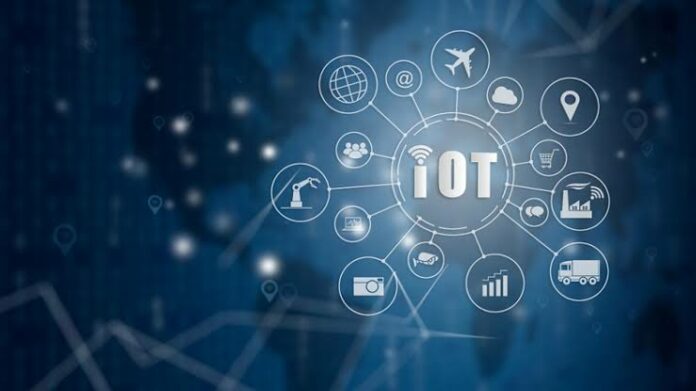Amazon Web Services Inc. revealed a collaboration with New Zealand-based energy and gas supplier Vector Ltd. to create a digital “Internet of Things” platform for the power industry. AWS and Vector said that The New Energy Platform, as it is called, will be jointly built by AWS and Vector as part of a recent strategic partnership. The expectation is that NEP would be able to provide more accessible, more effective, and secure energy to citizens in Australia and New Zealand.
Vector, headquartered in Auckland, is the country’s largest electricity distributor. It also runs gas and telecom networks and has, in recent years, grown to incorporate the battery and solar energy and hybrid cars in order to extend its product range to satisfy market development in its increasingly growing home networks.
This has now extended its metering sector to Australia, with the implementation of large-scale smart-meter roll-outs here and recent Tasman regulations involving advanced technologies.
NEP will be supported by the AWS cloud and gather and interpret information from 1.6 million IoT-connected Vector smart meters, who compile details on energy usage and network output from people’s houses. One of the key tools it can use is AWS IoT Analytics, a professionally operated platform that can conduct advanced analytics on a large amount of data.
In fact, Vector stated that it would use these findings to help utility suppliers and utilities create tailored commodity and pricing strategies for customers focused on their utility use behaviours. The aim is to help Vector increase the production of meter from 30-minute to 5-minute intervals in Australia by next year.
NEP would also enable utilities and infrastructure providers to establish alternative business concepts that will speed up the implementation of renewable energy sources and electric vehicles. The new initiatives would include offering more reliable knowledge to the energy industry, allowing ‘precise and competitive price models’ for utilities and utility providers to promote the usage of locally generated resources, such as solar panels and microgrids, or customers who use the battery as a backup.
Home Marketing Analytics Amazon Web Services Inc. collaborates with Vector Ltd. to create a digital...
Sign in
Welcome! Log into your account
Forgot your password? Get help
Password recovery
Recover your password
A password will be e-mailed to you.

